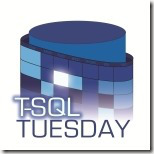Yesterday was the release of SQL Server 2019 CTP 3.2. The biggest change in CTP 3.2 is that Big Data Clusters is now in public preview. That means anyone can go download and deploy it. Prior to CTP 3.2, you had to sign up for the “Early Adoption Program”, wait until you received an email with your Docker credentials, etc. With CTP 3.2, Microsoft has actually done away with Docker credentials. You no longer need that to create your Big Data Cluster as the images needed are on Microsoft’s public repo.
Continue reading “Deploy SQL Server Big Data Cluster Using Azure Data Studio Notebook”
